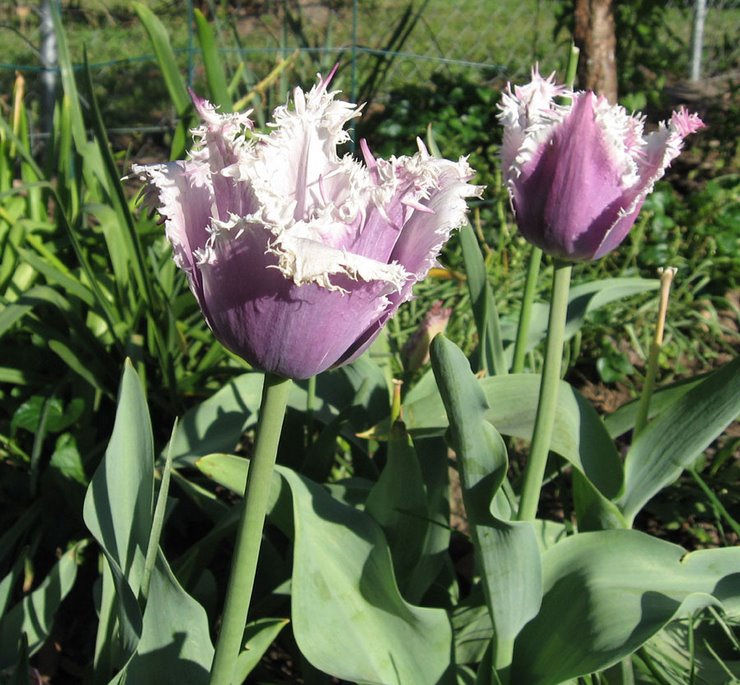 | |
| Chickweed |
Common chickweed (Stellaria media) is also called chickenwort, starweed, winterweed, satin flower, and tongue grass. The plant is called chickweed because chickens love to eat them. It is also edible for humans, and can be eaten raw in salads or cooked in soups, as a tea, and has a variety of herbal uses. Before ingesting this or any plant, be very sure that you have identified the plant correctly, and never eat plants from areas that may have been treated with chemical herbicides.
The seeds generally germinate in the fall, and hang on
through the winter, then grow and flower in the spring. It produces many seeds,
and rapidly colonizes areas before spring crops or lawns can become
competitive. It should be controlled
before it flowers to prevent seeding.
After pulling the plants, remove the plant debris from the site, as chickweed can
reroot from stem nodes in moist areas.
Cultivation, including hand weeding, will control chickweed
if done early. A thick, vigorous lawn
will prevent weed seedlings from getting established. Water lawns deeply and infrequently to
discourage chickweed. In flower beds, a
layer of mulch at least two inches deep will reduce the number of weeds
germinating as it limits the light and creates a physical barrier. Landscape fabrics or black plastic can also
be used in garden areas to block weeds between plants. Mowing is not effective, as it can actually
help the weed by removing the shading effect of taller plants.
A pre-emergent treatment such as corn gluten can be helpful
if applied before weed seeds germinate. For chickweed, this needs to be in early
fall. It will not be effective if applied after seedlings have already become
established.

No comments:
Post a Comment